Devices featuring Corning's bendable "Willow Glass" won't arrive for at least three years, an announcement that dampens expectations of a rumored Apple-built watch with curved glass display featuring Corning's technology.
Corning originally hoped that its Willow Glass would be available in consumer products this year, but signaled to Bloomberg in a story published on Thursday that products realistically won't hit the market until 2016 at the earliest.
James Clappin, president of Corning Glass Technologies, said the main issue is companies have not yet come up with products that can take full advantage of Willow. The company is taking time to teach "very big name" customers on how to handle spools of the material, which can be made in a roll similar to newsprint.
"People are not accustomed to glass you roll up," Clappin said. "The ability of people to take it and use it to make a product is limited."
Earlier this month, The New York Times reported that Apple was experimenting with wearable wristwatch-like devices made of curved glass. That report claimed the watch would run Apple's iOS platform and stand apart from competitors based on the company's understanding of how such glass can curve around the human body."People are not accustomed to glass you roll up." — James Clappin, president of Corning Glass Technologies
Apple also has extensive patents for curved glass, and even developed a prototype iPhone with a slightly curved glass display.
Of course, Apple's method could use a product other than Corning's Willow Glass, though the company has used Corning's damage-resistant Gorilla Glass in all iPhone and iPad models to date. It's also possible that a potential Apple "iWatch" may not feature a curved glass design, as has been rumored.
Corning's slimmer and flexible Willow Glass was unveiled by the company last June, and heralded as an invention that could "revolutionize the shape and form" of next-generation electronics. It will withstand temperatures up to 500 degrees Celsius, and will enable manufacturers to pursue high-temperature roll-to-roll processes, similar to how newsprint is made.
 Katie Marsal
Katie Marsal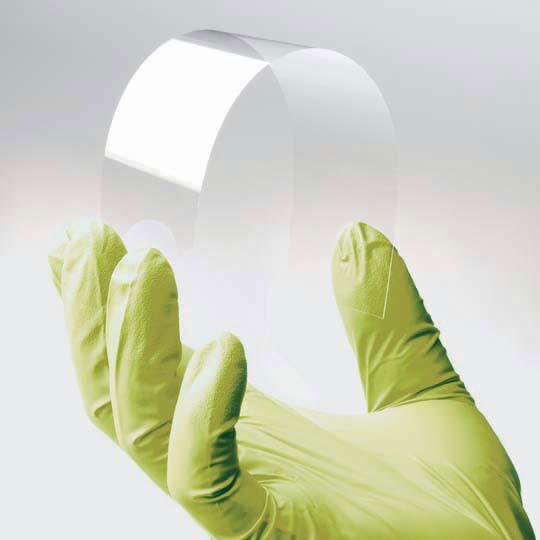
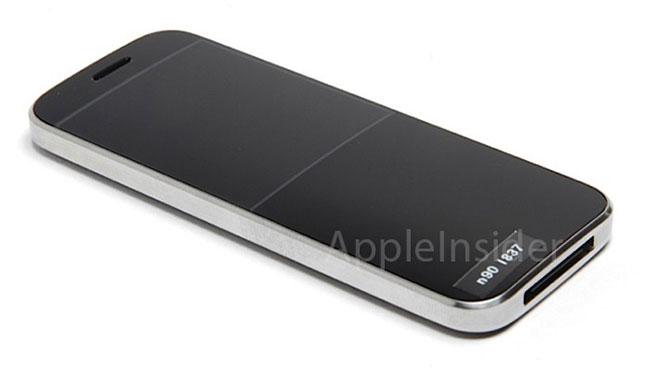



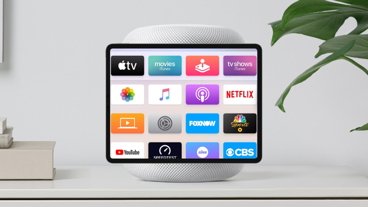


-m.jpg)





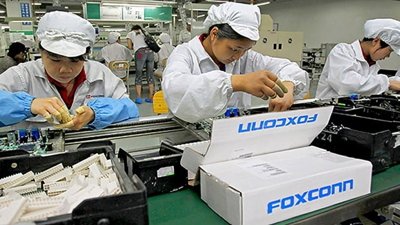
 William Gallagher
William Gallagher
 Mike Wuerthele
Mike Wuerthele

 Charles Martin
Charles Martin
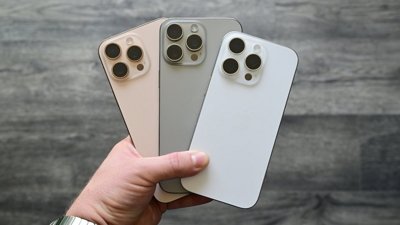

 Wesley Hilliard
Wesley Hilliard
 Stephen Silver
Stephen Silver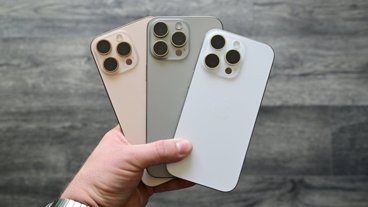







9 Comments
Damn and I just put my Rolex in storage!
Or they will only be available for the masses in 2016 with Apple getting exclusive purchasing rights till then, in other words the glass might be available but in limited quantities and for the highest bidder...
If it's 3 years for consumer products, that means about 1 year for an Apple product, since Apple is usually ahead of the market by a couple years. And why would big companies have that much difficulty working with spools of glass? Haven't other manufacturers been dealing with spools of plastic and metal for similar uses for decades?
That isn't a big deal. A watch doesn't have flexible glass and yet can still be built to conform to your wrist. Even if the glass is flexible, which has its benefits, it's still pointless if the display, backlight, touchscreen, and other electronics can't bend, too. As they say, a chain is only as strong as its weakest link.
If it's 3 years for consumer products, that means about 1 year for an Apple product, since Apple is usually ahead of the market by a couple years.
And why would big companies have that much difficulty working with spools of glass? Haven't other manufacturers been dealing with spools of plastic and metal for similar uses for decades?
Have you thought through the engineering issues before proclaiming this?
That isn't a big deal. A watch doesn't have flexible glass and yet can still be built to conform to your wrist. Even if the glass is flexible, which has its benefits, it's still pointless if the display, backlight, touchscreen, and other electronics can't bend, too. As they say, a chain is only as strong as its weakest link.
Only if the chain is serially linked. :)
Other electronics can bend already, or at least some components can. For example, look at the Youm OLED display that Samsung showcased earlier in the year. But how one uses that in a meaningful way is the challenge. Samsung showed off the flexible display as a means to provide notification on the side of a phone. That's really lame, IMO. But turning fundamental breakthroughs into functionally compelling devices is precisely Apple's strength. I'm not saying there will be an iWatch with a flexible display. But if there is, Apple won't be selling it just for its gee-whiz factor.